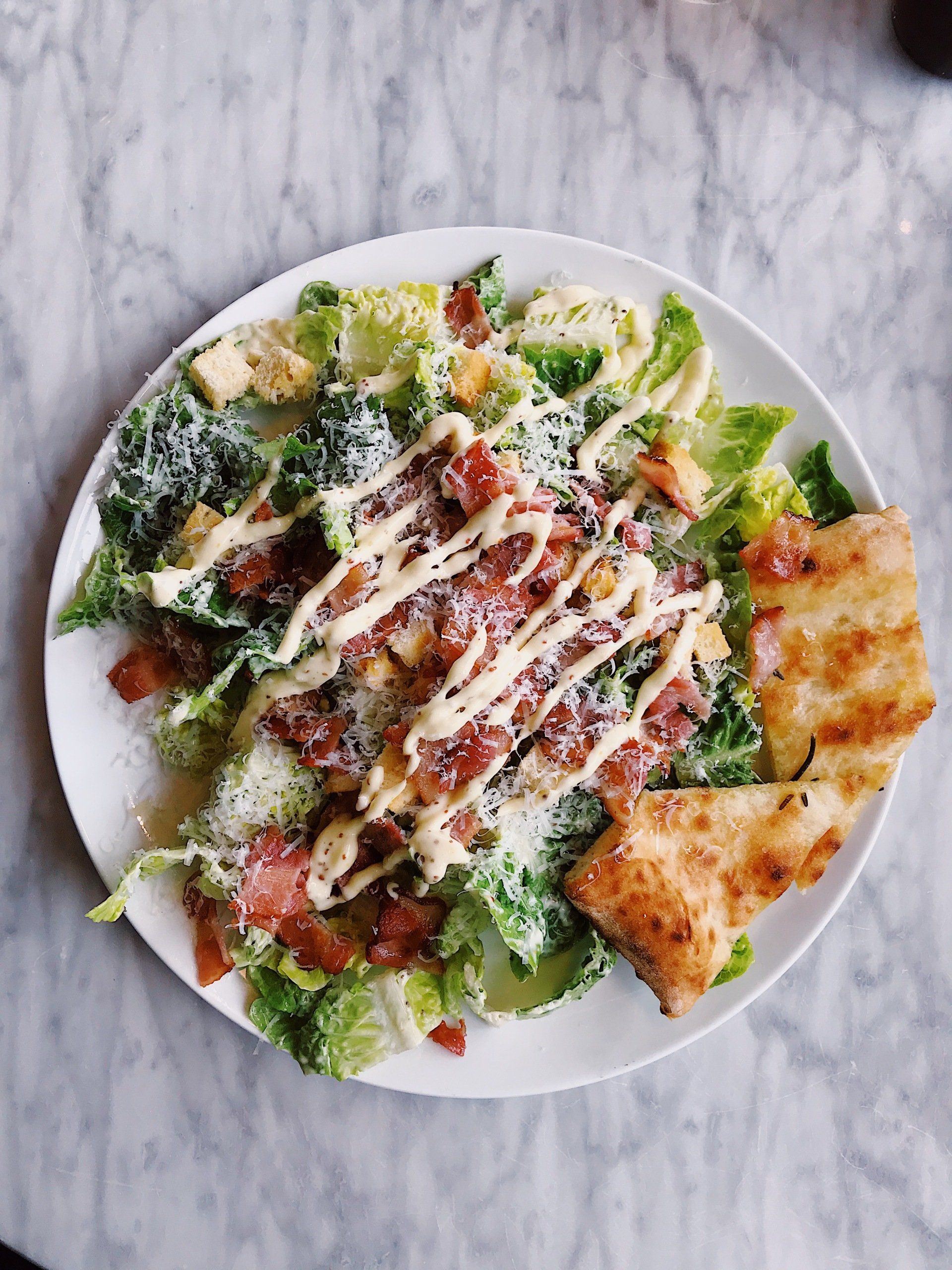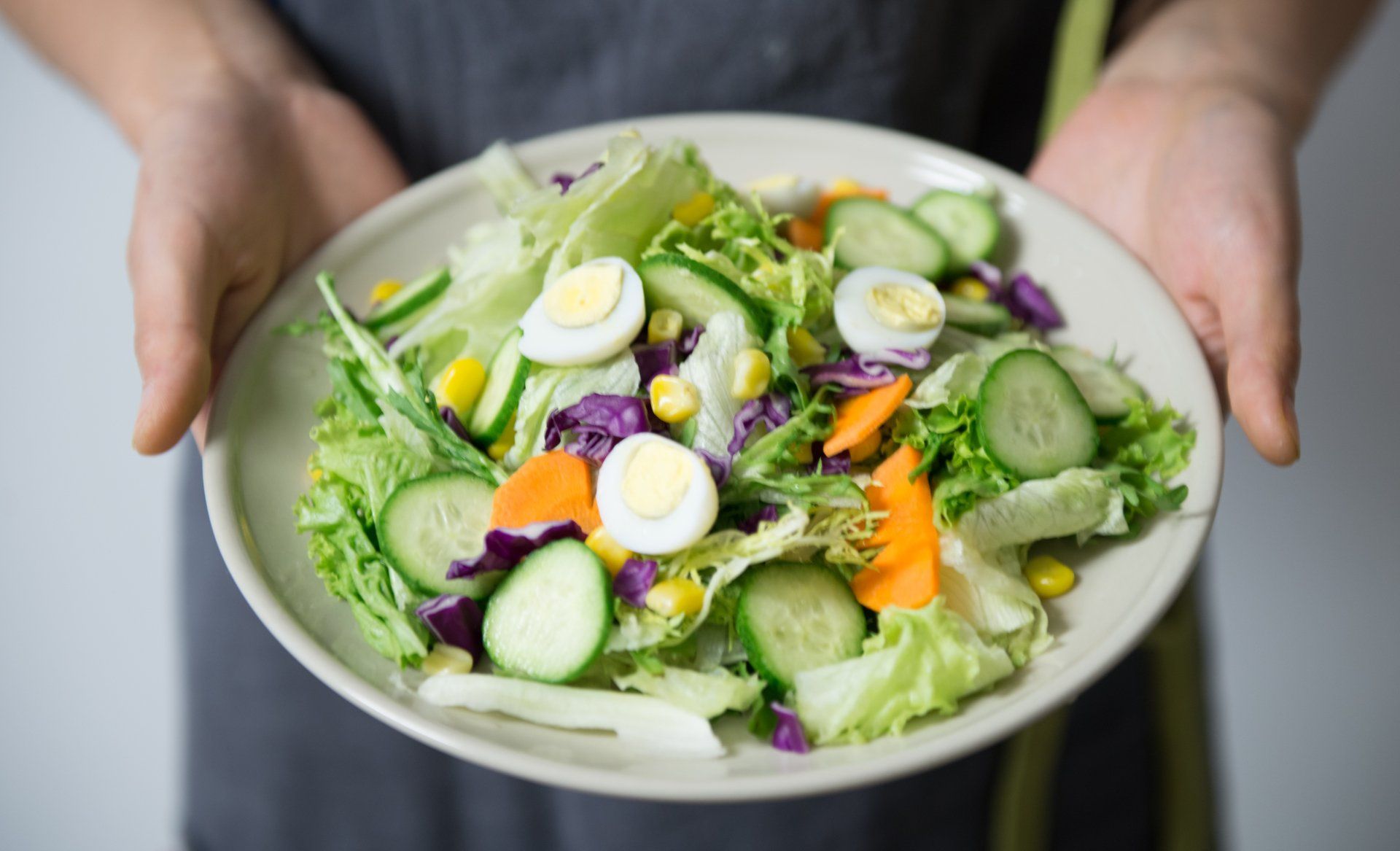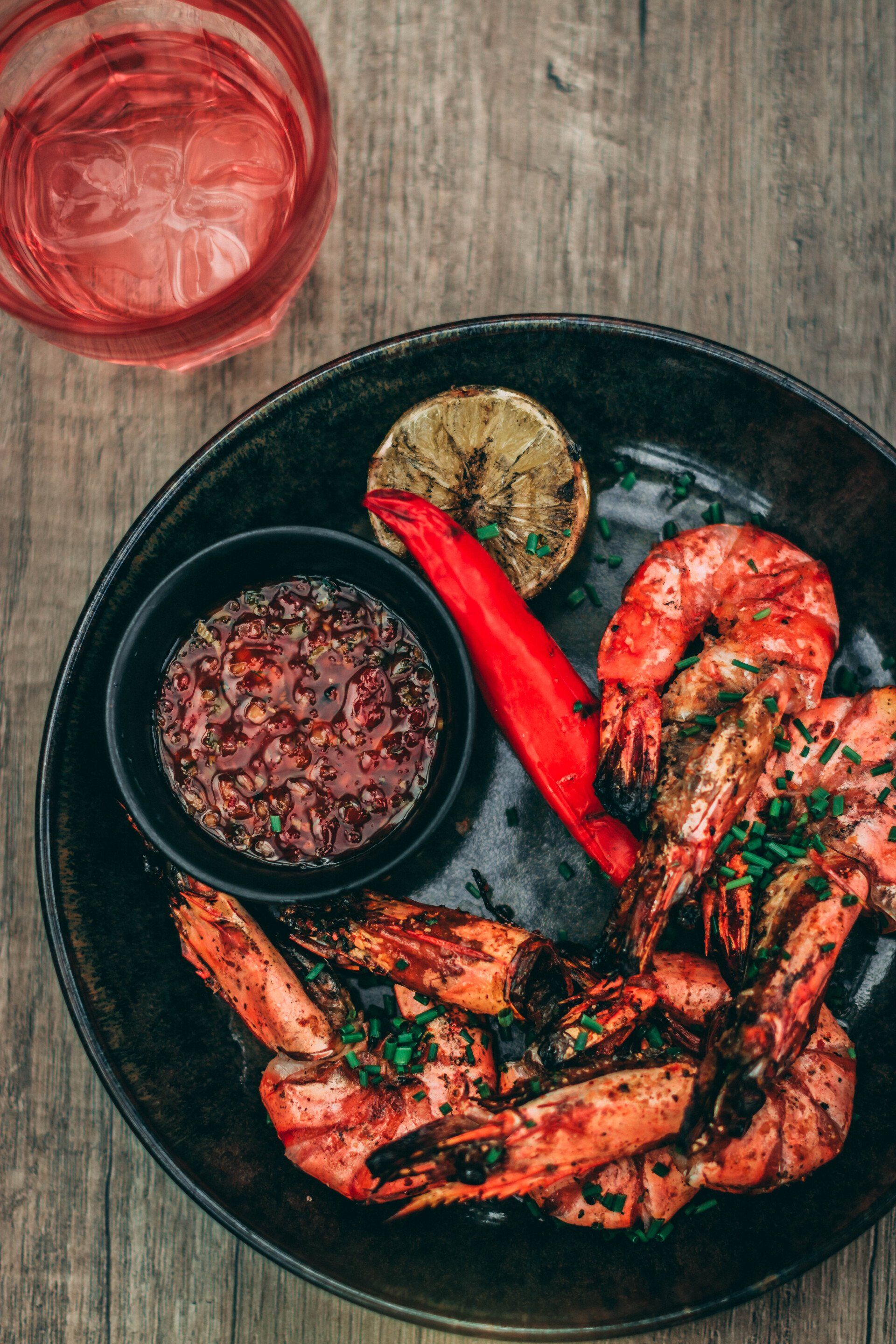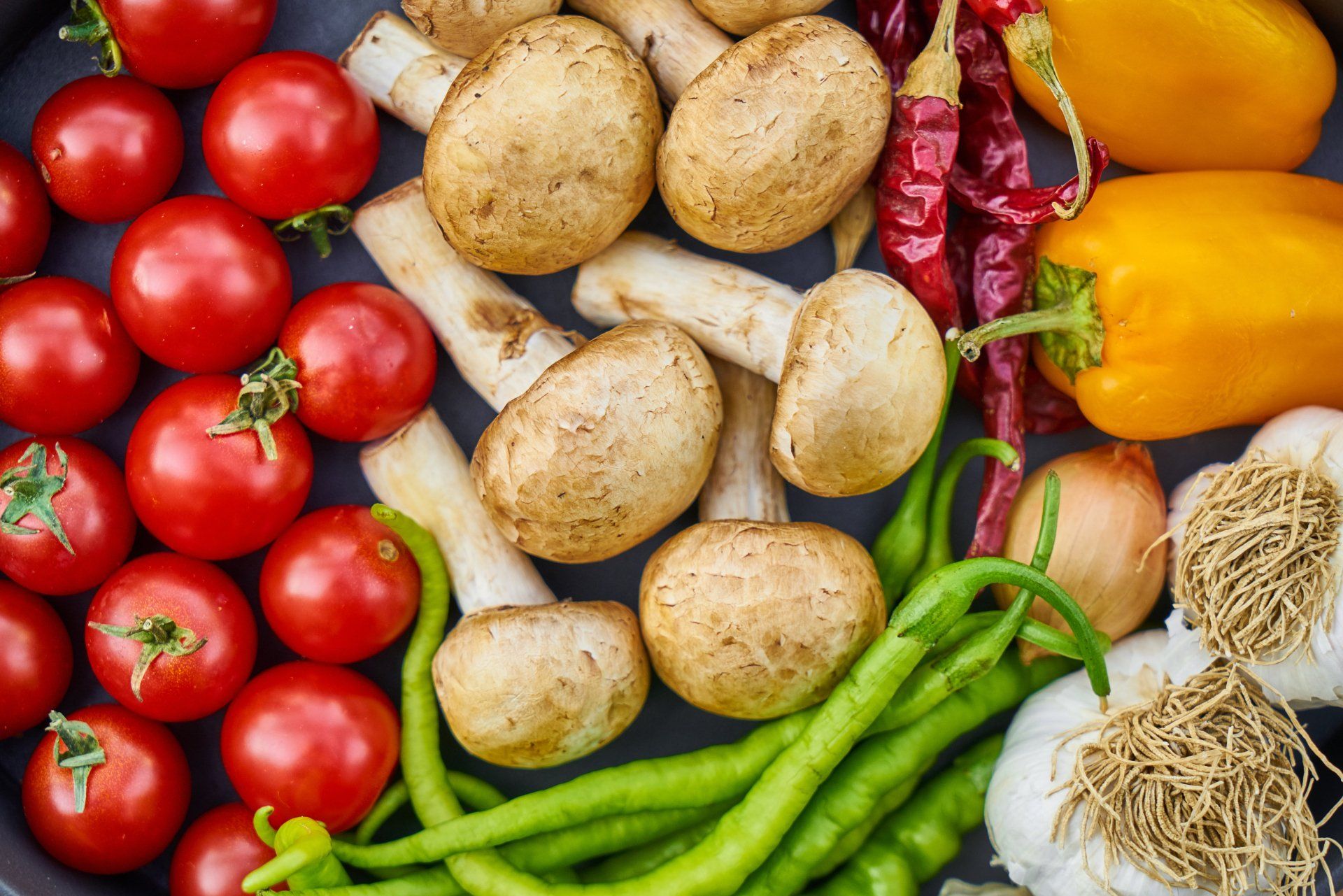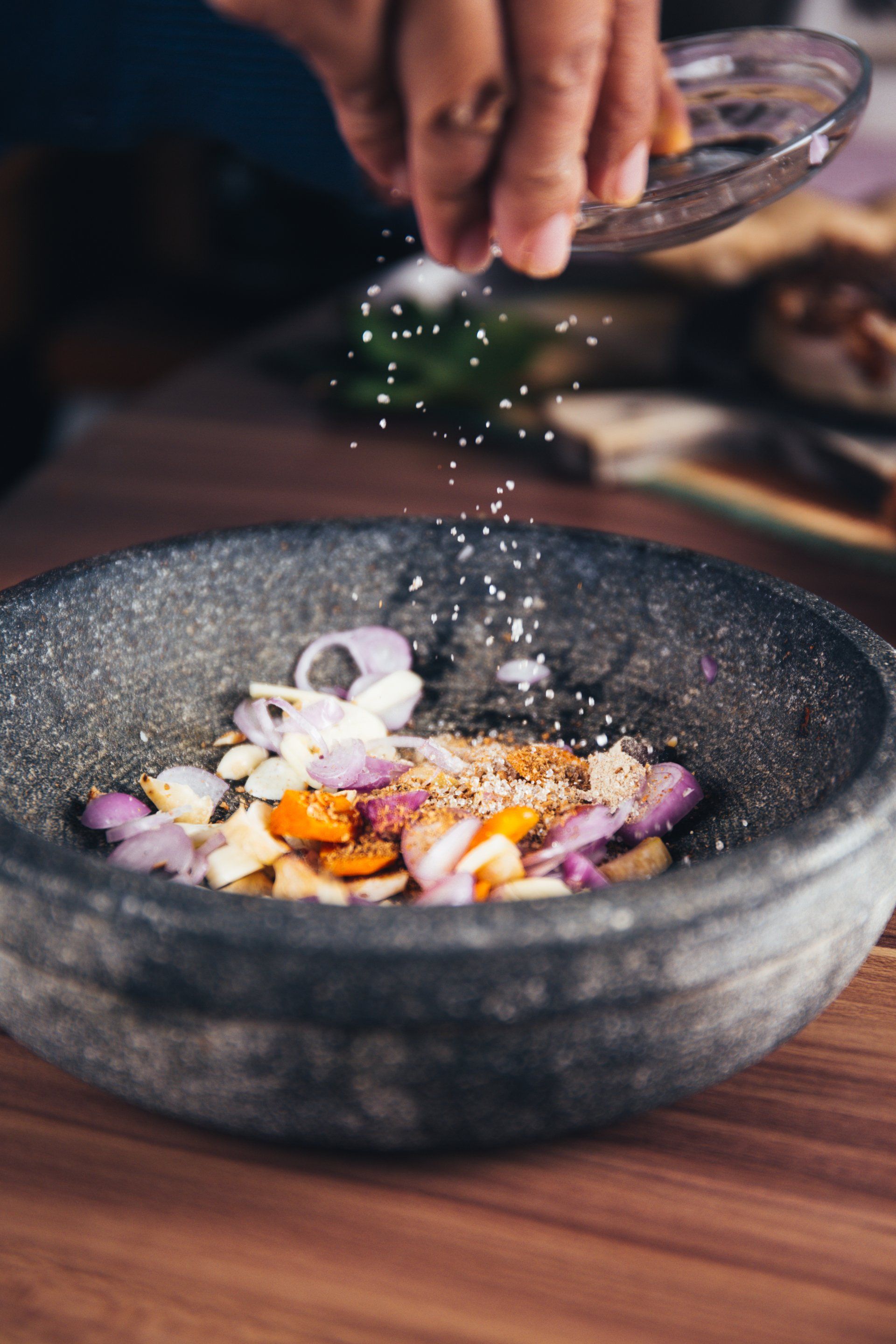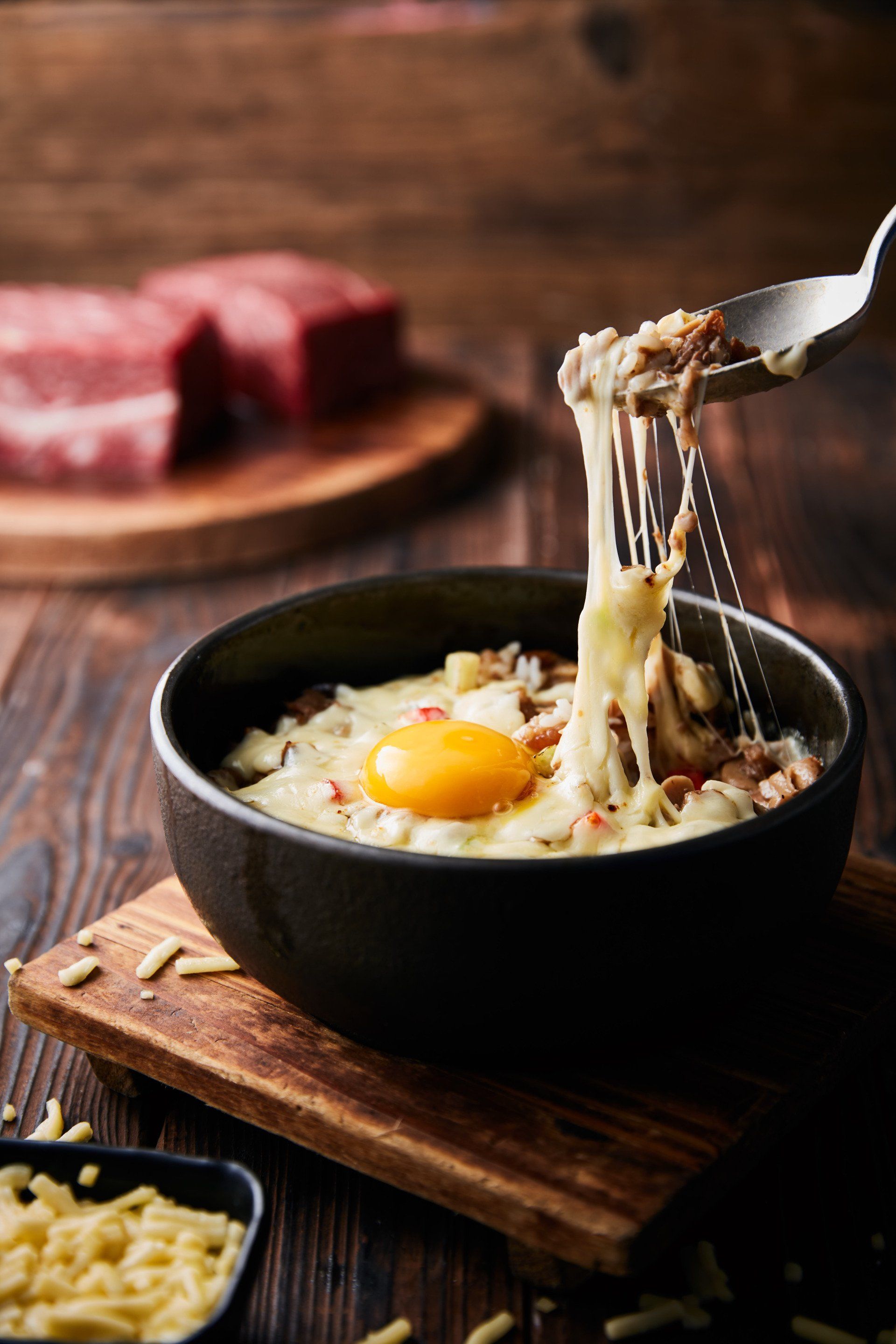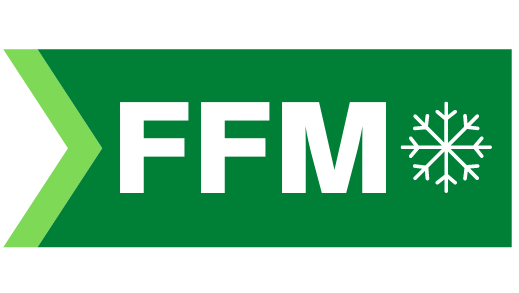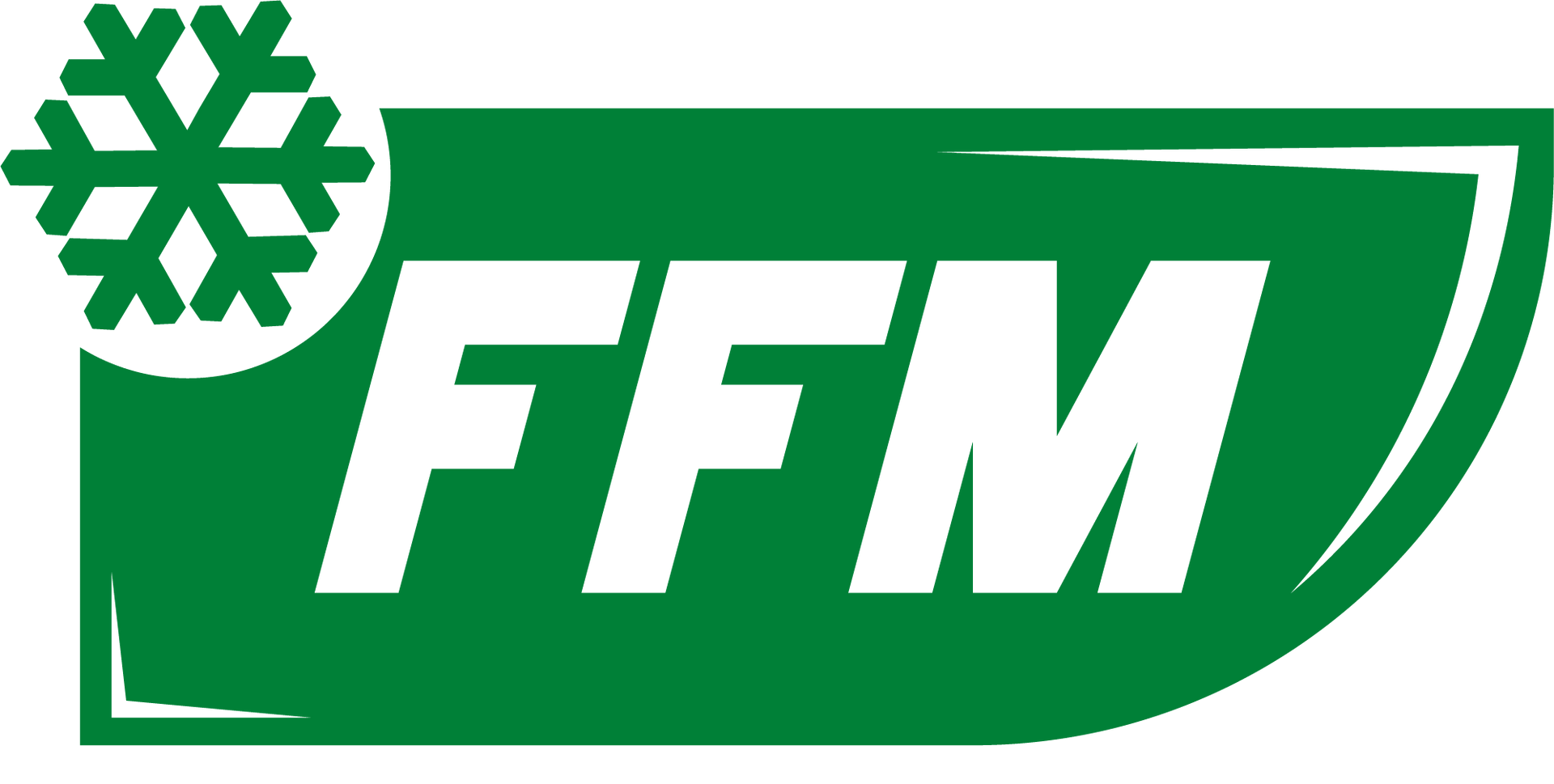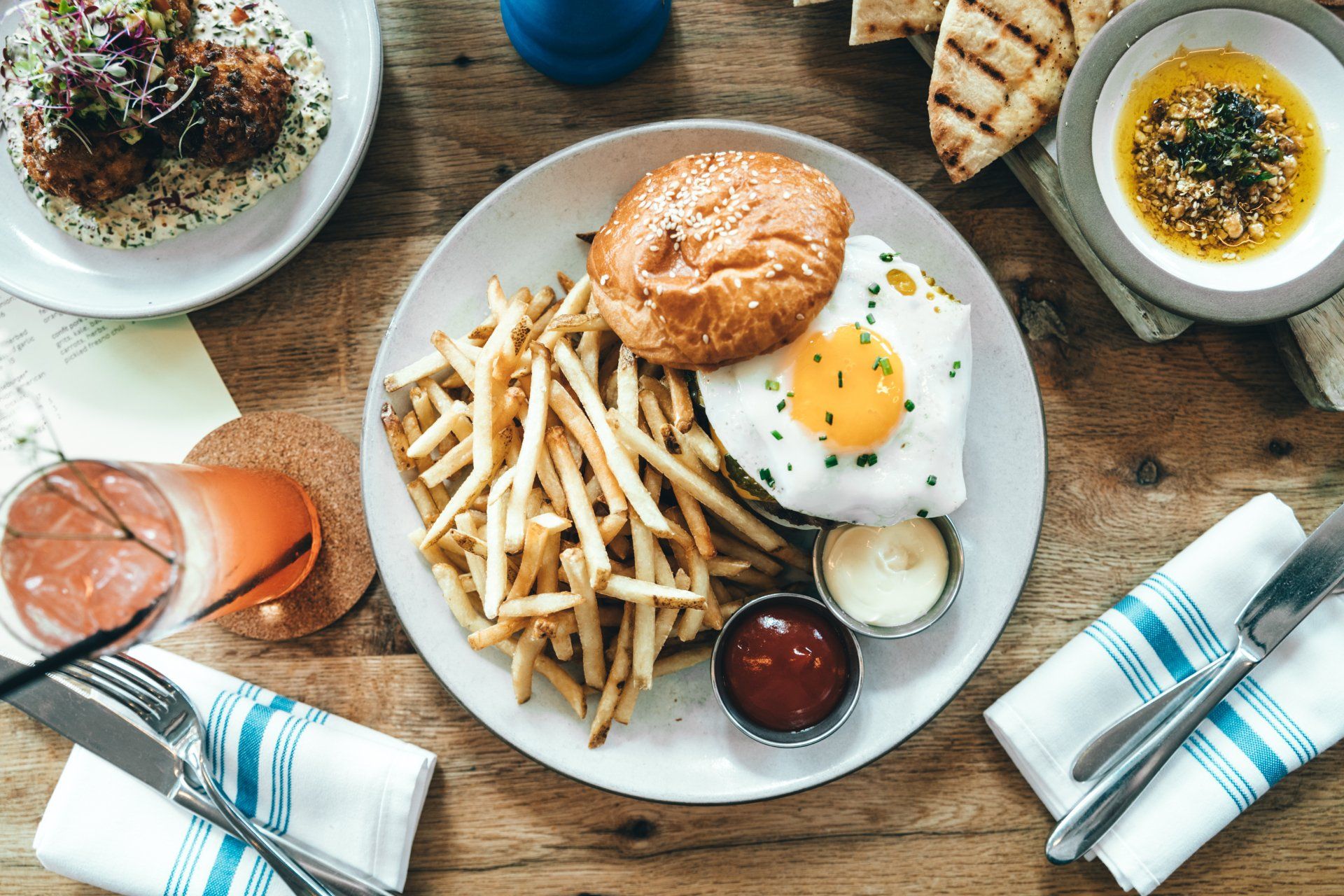Innovative Co-Packing Trends Transforming the Frozen Food Landscape
Over the past few years, co-packing has become the go-to solution for frozen food manufacturers looking to improve the quality and efficiency of their operations. Co-packers offer a range of services including manufacturing, packaging, and distribution of ready-to-eat frozen meals. With the advent of new and innovative co-packing trends, the frozen food landscape has completely transformed, and it continues to evolve.
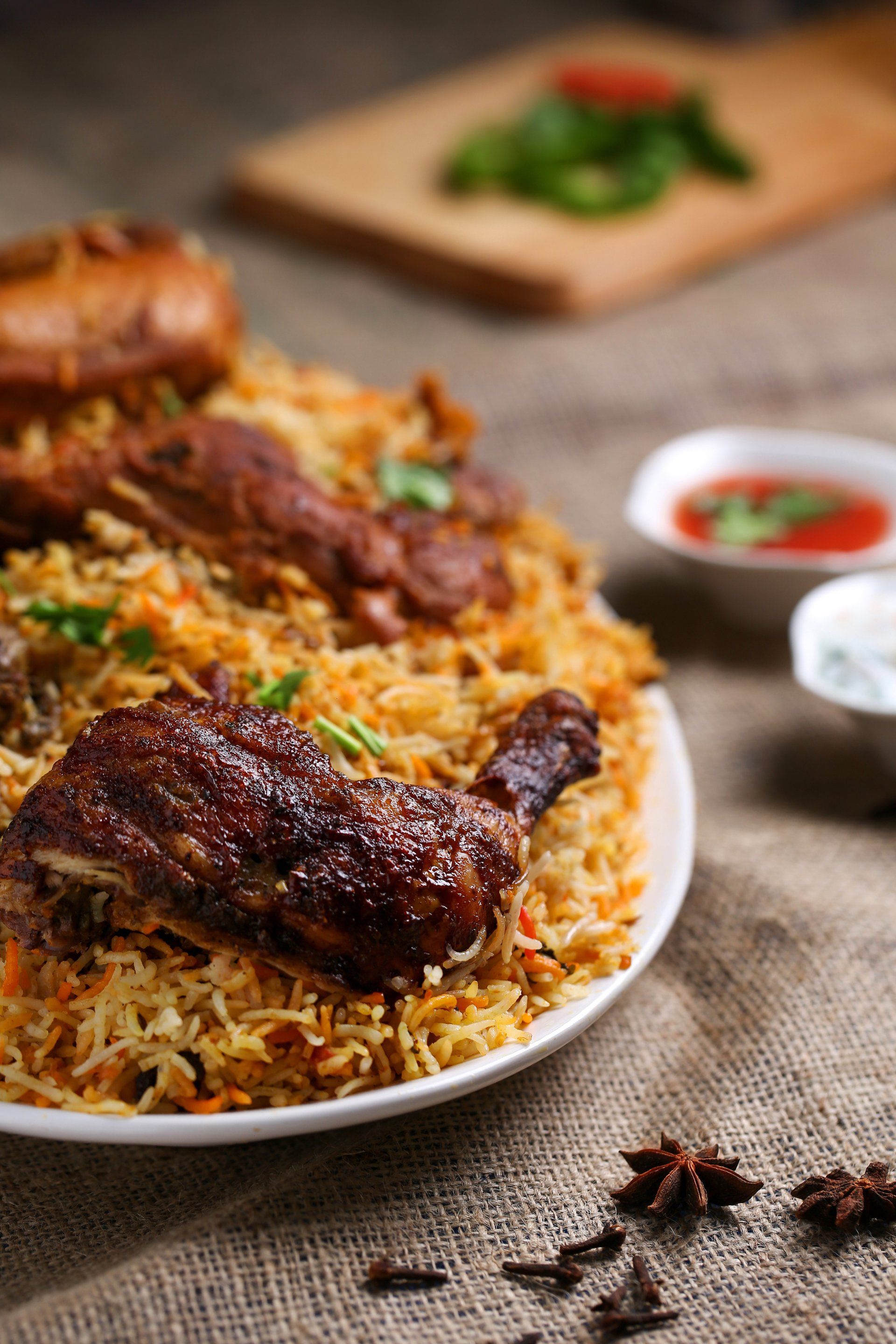
In this blog post, we will explore some of the most exciting co-packing trends that are driving the frozen food industry forward.
1) Product Innovation
One of the most exciting co-packing trends that are transforming the frozen food landscape is product innovation. Co-packers are continuously looking for ways to create unique and innovative food products that will stand out in the market. They are working with manufacturers to develop new products that are healthy, flavorful, and convenient. This trend has led to a surge in the popularity of plant-based and organic frozen food items, as well as an introduction of new ethnic cuisines in the frozen food section.
2) Sustainable Packaging
As environmental concerns continue to grow, sustainable packaging has become a top priority for co-packers. They are exploring innovative sustainable packaging solutions that reduce waste, lower carbon emissions, and are compostable. Co-packers are using reusable and biodegradable food containers that preserve the freshness and quality of frozen foods while minimizing their environmental footprint. According to market research, sustainable packaging is expected to have a major impact on consumer perception of frozen foods in the near future.
3) Automation and Digitalization
Automation and digitalization have been a game-changer for co-packers in terms of improving efficiency and productivity in their operations. With the use of automated systems, the co-packers are able to produce more products with less staff and less time. Additionally, digitalization tools such as traceability software enable co-packers to track their products through every stage of the production process, from sourcing raw materials to delivering finished products to retailers.
4) Clean Labeling
There has been an increased demand for transparency and healthier food options, and this has given rise to the clean labeling trend in the frozen food industry. Co-packers are now providing clean labels for frozen foods, which means clear and understandable ingredient lists that do not include harmful additives. This trend has created a trust-based relationship between consumers and co-packers because it assures buyers that what they see on the ingredients list is what they are getting in their food.
5) Customization
Customization is the newest trend in the frozen food industry, where co-packers are catering to the specific needs of their customers. With the ability to create customized portions and packaging styles, co-packers are now able to provide more value to their customers. For example, co-packers can now cater to the dietary needs of their customers by creating gluten-free, dairy-free or low-sodium frozen food options. As a result, frozen food manufacturers can now provide customers with a range of dietary solutions, increasing their bottom line by catering to specific customer needs.
Innovative co-packing trends continue to shape the frozen food landscape, providing frozen food manufacturers with new opportunities to improve their operations, produce new and exciting frozen products, maximize efficiency and productivity, and meet the needs of consumers in an environmentally responsible manner. Whether it’s automation, sustainable packaging, clean labeling, or customization, co-packers are driving innovation and growth for the frozen food industry. As the industry continues to evolve, co-packers will play a vital role in shaping its future.
